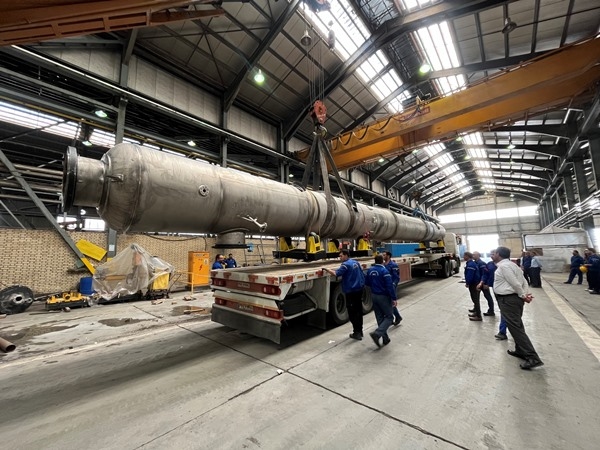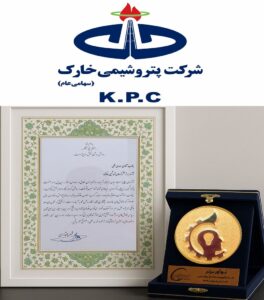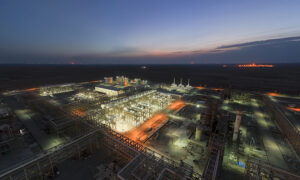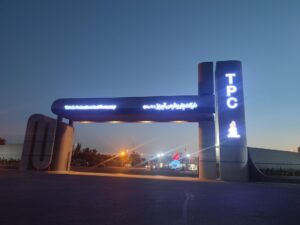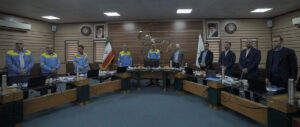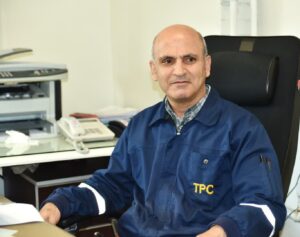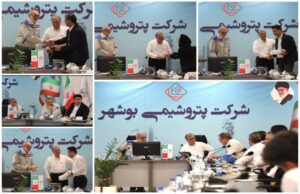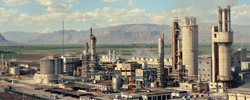Rahbord Energy: Formerly, in acetaldehyde units that produce commodities like acetic acid, experts used to work with vessels and reactors made of carbon.
But due to the severe corrosion of fluids and their contents, experts used rubber and fireclay bricks.
However, those materials, due to their deposition, have serious side effects, including negative impacts on the operation and purity of catalysts, reduction in production, damage to coatings, perforation of reactors, and leakages.
But following extensive research, it was suggested to replace carbon steel with titanium and eliminate internal coatings. It was suggested that the move would eliminate corrosion.
Furthermore, considering the omission of rubber and fireclay bricks, the weight of the used equipment would reduce significantly.
The new material would also prevent the deposition of fluids and the decrease in the operation of catalysts.
It would also prevent the depletion of catalysts, a decrease in production, and the need to regular repair work.
The production of this reactor was done by a group of experts at Shazand Petrochemical Company.
Following the preparation of the necessary raw materials, the reactor was produced by the company.
Currently, the production work is finished, and in order to manage time, reduce costs, and prevent sending and returning the consignment to units outside the company, the preparation work is being done in the company itself.
The reactors and vessels would be installed following a hydrotest and acid washing. With the installation of these reactors, it would be no longer necessary to procure raw materials relevant to the old reactors.
The new products would also eliminate extra costs, solve environmental issues, and control environmental contamination linked to previous reactors.
It needs to be noted that the reactor was produced by Iranian experts by following strict standards, especially preparation techniques, welding, and operation control.
Source: Shazand Petrochemical Department of Public & International Affairs

